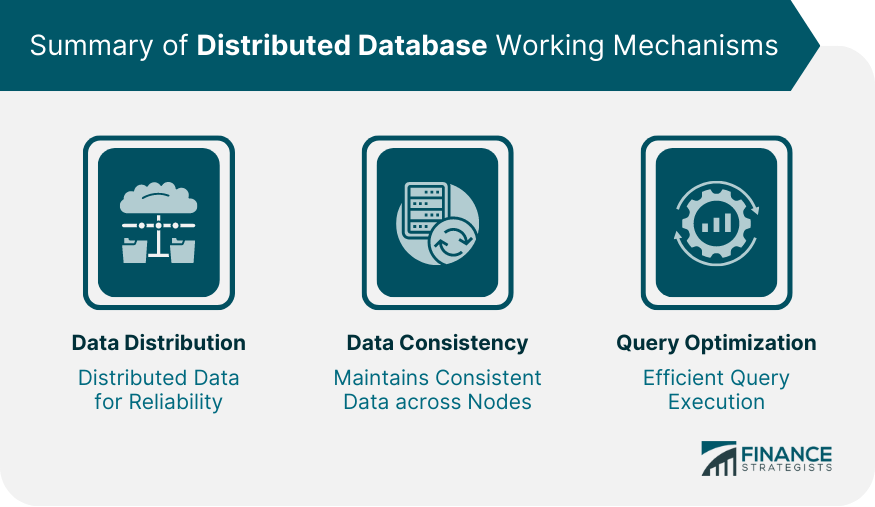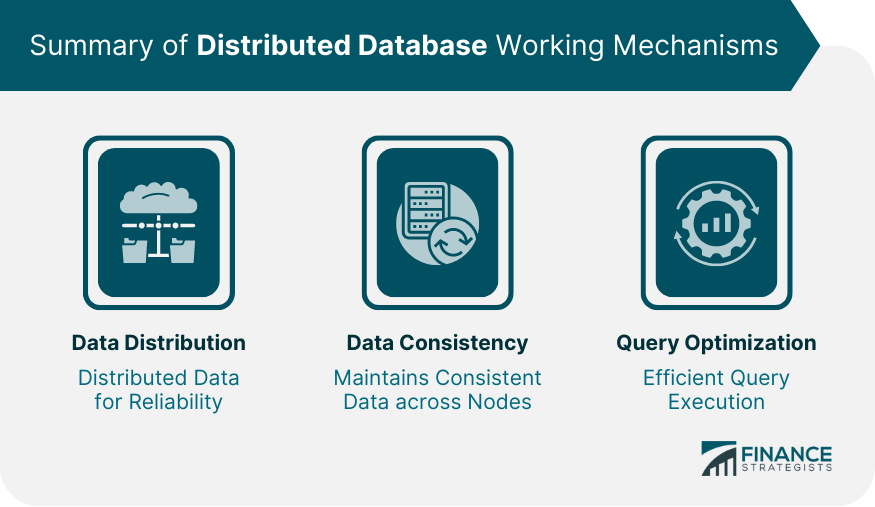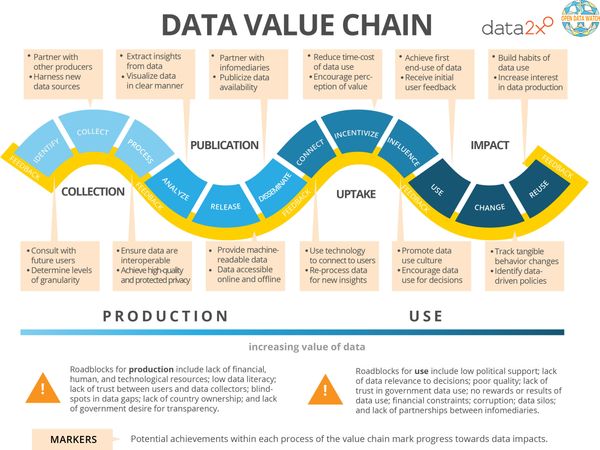Overview
Introduction to database performance optimization
Database performance optimization is a crucial aspect of ensuring efficient and smooth operation of any application that relies on a database. It involves identifying and implementing strategies to improve the speed and efficiency of database operations, ultimately leading to better overall system performance. One key area of focus in database performance optimization is improving SQL query performance. By optimizing SQL queries, developers can significantly enhance the speed at which data is retrieved and processed from the database. This can result in faster response times, improved user experience, and reduced resource consumption. To achieve this, various techniques and best practices can be employed, such as indexing, query optimization, and database schema design. By following these best practices, developers can maximize the performance of their databases and ensure optimal system performance.
Importance of optimizing database performance
Optimizing database performance is crucial for any organization that relies on databases to store and retrieve data efficiently. A well-optimized database can significantly improve application performance, reduce response times, and enhance user experience. It ensures that queries are executed quickly, minimizing the time required for data retrieval. Additionally, optimizing database performance helps in maximizing the utilization of hardware resources, ultimately leading to cost savings. One of the key aspects of optimizing database performance is regularly applying database patches. These patches address security vulnerabilities, fix bugs, and introduce performance enhancements. By keeping the database up-to-date with the latest patches, organizations can ensure the stability, security, and optimal performance of their database systems.
Common challenges in database performance optimization
Database performance optimization is a crucial aspect of maintaining a well-functioning system. However, it is not without its challenges. There are several common issues that can hinder the performance of a database. One of the major challenges is inadequate indexing. Without proper indexing, queries can become slow and inefficient, leading to decreased performance. Another challenge is poor query design. Queries that are not optimized or lack proper joins can result in excessive resource consumption and slower response times. Additionally, insufficient hardware resources can also impact database performance. Inadequate memory, CPU power, or storage can limit the system’s ability to handle large volumes of data efficiently. It is important to address these challenges and implement best practices to ensure optimal database performance.
Choosing the Right Database Engine

Understanding different types of database engines
Understanding different types of database engines is crucial for secure database management. Database engines play a significant role in the performance and security of a database system. There are various types of database engines available, each with its own strengths and weaknesses. Some common types include relational databases, NoSQL databases, and in-memory databases. Relational databases are known for their structured data model and support for complex queries. NoSQL databases, on the other hand, are designed to handle unstructured and semi-structured data efficiently. In-memory databases store data in the computer’s main memory, resulting in faster data access and retrieval. By understanding the different types of database engines, organizations can make informed decisions about which engine best suits their needs and ensures secure database management.
Factors to consider when selecting a database engine
When selecting a database engine, there are several factors that need to be considered. One of the most important factors is the scalability of the database engine. It is crucial to choose a database engine that can handle the anticipated growth of data and the increasing number of users. Another factor to consider is the performance of the database engine. The speed and efficiency of data retrieval and manipulation can greatly impact the overall performance of the application. Additionally, the compatibility of the database engine with the existing infrastructure and technologies should be taken into account. It is important to ensure that the chosen database engine can seamlessly integrate with other systems and tools. Lastly, the security features provided by the database engine should be evaluated. Data security is of utmost importance, and the database engine should have robust security measures in place to protect sensitive information.
Comparing popular database engines
When it comes to comparing popular database engines, there are several factors to consider. One of the key considerations is the performance of the database engine. Database performance plays a crucial role in determining the overall efficiency and responsiveness of an application. Different database engines have different strengths and weaknesses in terms of performance. Some database engines excel in handling large datasets and complex queries, while others are optimized for high-speed transaction processing. It is important to carefully evaluate the performance characteristics of each database engine to ensure that it aligns with the specific needs of the application. Additionally, factors such as scalability, reliability, and ease of use should also be taken into account when comparing popular database engines.
Database Schema Design

Importance of a well-designed database schema
A well-designed database schema is crucial for optimizing database performance. It serves as the foundation for efficient data storage and retrieval. By organizing data into tables, defining relationships between them, and setting appropriate data types, a well-designed schema ensures data integrity and minimizes redundancy. Additionally, a well-designed schema enables faster query execution and improves overall system performance. It allows for efficient indexing and reduces the need for complex joins and data transformations. Therefore, investing time and effort in designing a well-structured database schema is essential for achieving optimal database performance.
Normalization and denormalization techniques
Normalization and denormalization are two important techniques used in database design to optimize performance. Normalization involves breaking down a database into smaller, more manageable tables to eliminate redundancy and ensure data integrity. On the other hand, denormalization involves combining tables to improve query performance by reducing the number of joins required. Both techniques have their advantages and disadvantages, and the choice between them depends on the specific requirements of the application. While normalization helps maintain data consistency and reduces data duplication, it can sometimes lead to complex queries and slower performance. Denormalization, on the other hand, can improve query performance but may result in data redundancy and potential data integrity issues. It is important for database administrators to carefully consider the trade-offs and choose the appropriate technique based on the specific needs of their application.
Optimizing indexes and query performance
When it comes to optimizing indexes and query performance, there are several best practices to keep in mind. First, it is crucial to carefully analyze the queries being executed against the database and identify any slow-performing queries. By identifying these queries, you can focus on optimizing their performance by creating appropriate indexes. Indexes play a vital role in enhancing query performance by allowing the database to quickly locate the required data. Additionally, it is important to regularly monitor the performance of indexes and identify any potential issues such as fragmentation or outdated statistics. By regularly maintaining and optimizing indexes, you can ensure that the database performs at its best and delivers optimal query performance.
Query Optimization

Understanding query execution plans
Understanding query execution plans is crucial for optimizing database performance. Query execution plans provide insights into how the database engine processes and executes queries. By analyzing the execution plans, developers and database administrators can identify potential bottlenecks and optimize the queries accordingly. Database optimization techniques play a vital role in improving the overall performance of the database. These techniques include indexing, query optimization, caching, and database schema design. Implementing these techniques can significantly enhance query performance and reduce response times. To learn more about database optimization techniques, check out our article on Best Practices for Optimizing Database Performance.
Optimizing SQL queries
When it comes to optimizing SQL queries, there are several best practices that can greatly improve database performance. One of the key strategies is to minimize the use of wildcard characters in the WHERE clause, as they can lead to inefficient query execution. Instead, it is recommended to use specific conditions and indexes to narrow down the search criteria. Additionally, optimizing the query execution plan by using appropriate join types and indexes can significantly enhance performance. Another important aspect is to avoid unnecessary data retrieval by selecting only the required columns in the SELECT statement. By following these best practices, developers can ensure that their SQL queries are optimized for maximum performance.
Using indexes and query hints
Using indexes and query hints is crucial for effective database tuning. Indexes help improve query performance by allowing the database to quickly locate the data needed for a particular query. Query hints, on the other hand, provide instructions to the database optimizer on how to execute a query. By using indexes and query hints, developers and database administrators can optimize the performance of their databases, resulting in faster query execution and improved overall system performance.
Hardware and Infrastructure Optimization
Choosing the right hardware for database servers
Choosing the right hardware for database servers is crucial for optimizing database performance. The hardware components, such as the CPU, memory, and storage, play a significant role in determining the overall performance of the database server. When selecting the hardware, it is important to consider the specific requirements of the database workload and the expected number of concurrent users. A powerful and reliable CPU is essential for handling complex queries and processing large amounts of data. Sufficient memory is necessary to ensure efficient data caching and minimize disk I/O operations. Additionally, fast and reliable storage, such as solid-state drives (SSDs), can greatly improve read and write performance. By carefully choosing the right hardware components, organizations can enhance the speed, reliability, and scalability of their database servers.
Configuring storage systems for optimal performance
When it comes to configuring storage systems for optimal performance, one of the most important factors to consider is database design. The way the database is structured and organized can have a significant impact on its performance. A well-designed database can improve query execution time, reduce storage requirements, and enhance overall system efficiency. Therefore, it is crucial to carefully plan and optimize the database schema, indexes, and data types. By doing so, you can ensure that the storage system is able to handle the workload efficiently and deliver optimal performance.
Scaling and load balancing techniques
Scaling and load balancing techniques are essential for optimizing database performance. These techniques help distribute the workload across multiple database servers, ensuring efficient resource utilization and improved response times. By implementing scaling techniques such as horizontal scaling and vertical scaling, organizations can handle increasing data volumes and user requests without compromising performance. Load balancing techniques, such as round-robin and least connections, distribute incoming traffic evenly across database servers, preventing any single server from becoming overwhelmed. Additionally, advanced load balancing algorithms can dynamically adjust server allocations based on real-time traffic patterns. These database optimization techniques play a crucial role in ensuring the scalability, availability, and performance of databases in today’s data-driven world.
Monitoring and Performance Tuning

Implementing database monitoring tools
Implementing database monitoring tools is crucial for optimizing database performance. By utilizing these tools, businesses can gain valuable insights into their database operations, identify bottlenecks, and take proactive measures to improve performance. Monitoring tools provide real-time information on query execution, resource utilization, and database health, allowing administrators to identify and resolve issues promptly. Additionally, these tools enable businesses to track and analyze key performance metrics, such as response time and throughput, to ensure optimal database performance. Implementing robust database monitoring tools is essential for businesses that aim to rank on Google and enhance their online presence. By continuously monitoring and optimizing database performance, businesses can ensure fast and efficient data retrieval, resulting in improved user experience and higher search engine rankings.
Identifying and resolving performance bottlenecks
Identifying and resolving performance bottlenecks is crucial for optimizing database performance. One key aspect of this process is analyzing the database queries and operations to identify any areas that may be causing slowdowns. In the case of MongoDB, a NoSQL database, there are several common performance bottlenecks that can be addressed. These include inefficient queries, lack of proper indexing, and excessive disk I/O. By addressing these bottlenecks and optimizing the database, organizations can ensure that their MongoDB database performs at its best.
Continuous performance tuning strategies
Continuous performance tuning strategies involve regularly monitoring and optimizing the performance of a database. This includes analyzing query execution plans, identifying and resolving performance bottlenecks, and fine-tuning configuration parameters. By implementing continuous performance tuning strategies, organizations can ensure that their database management software operates at peak efficiency, resulting in improved application performance and user satisfaction.
Conclusion

Summary of best practices for optimizing database performance
Data governance is a crucial aspect of optimizing database performance. It involves implementing policies, procedures, and controls to ensure the accuracy, integrity, and security of data. By establishing data governance practices, organizations can improve data quality, enhance decision-making processes, and mitigate risks. Some key best practices for data governance include defining data ownership, establishing data classification and labeling standards, implementing data access controls, and conducting regular data audits. By following these best practices, organizations can optimize database performance and ensure the effectiveness and efficiency of their data management processes.
Importance of ongoing maintenance and monitoring
Ongoing maintenance and monitoring are crucial for optimizing database performance. Without regular maintenance, databases can become cluttered with unnecessary data, leading to slower query execution times and increased storage requirements. Additionally, ongoing monitoring allows for the identification of performance bottlenecks and the implementation of necessary optimizations. By regularly maintaining and monitoring databases, organizations can ensure that their systems are running efficiently and effectively, ultimately improving overall database performance.
Future trends in database performance optimization
Future trends in database performance optimization include advancements in technologies such as machine learning and artificial intelligence. These technologies can help automate the process of Oracle performance tuning, making it more efficient and accurate. With the use of machine learning algorithms, database administrators can analyze large amounts of data to identify patterns and make data-driven decisions for optimizing database performance. Additionally, advancements in hardware and storage technologies, such as solid-state drives and in-memory databases, can significantly improve database performance by reducing latency and increasing data processing speed. Overall, the future of database performance optimization looks promising, with the potential for increased automation and improved efficiency.
In conclusion, OptimizDBA Database Optimization Consulting is the trusted industry leader in remote DBA services. With over 500 clients and more than 20 years of experience, we guarantee a significant increase in performance for your database. Experience transaction speeds that are at least twice as fast as before, with average speeds often 100 times, 1000 times, or even higher! If you’re looking to optimize your database and improve its performance, look no further than OptimizDBA. Contact us today to learn more about our services and how we can help you achieve faster transaction speeds and better overall performance.







